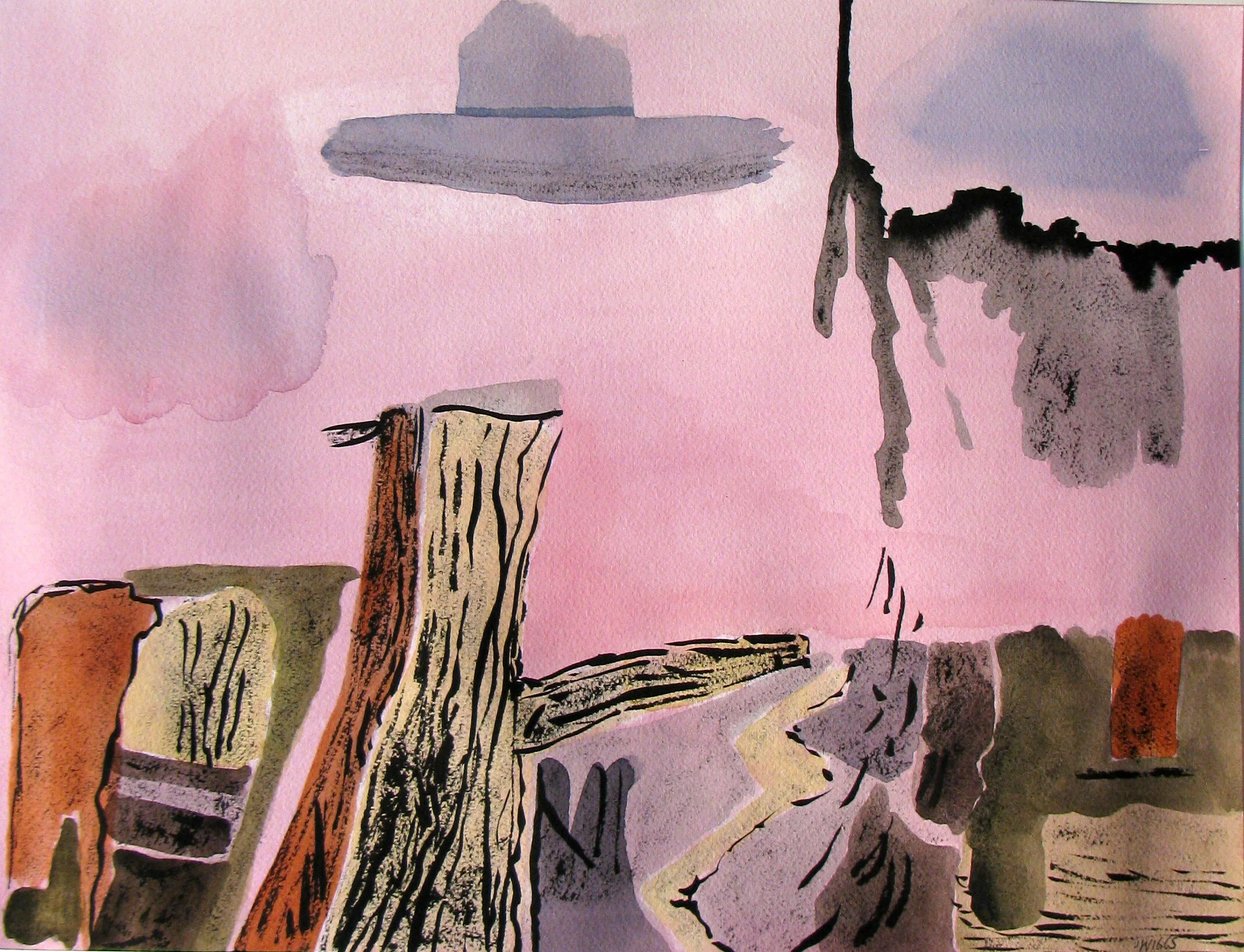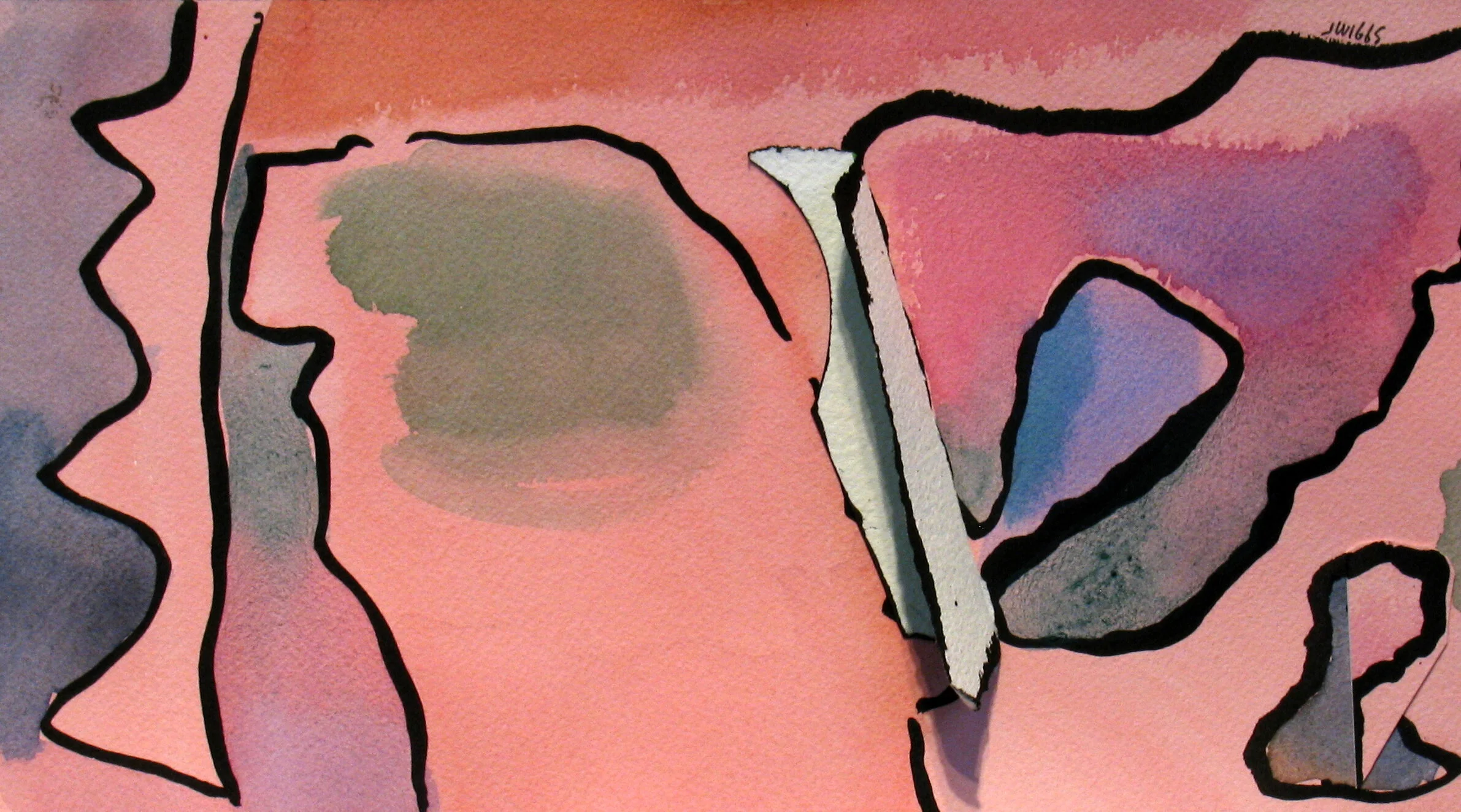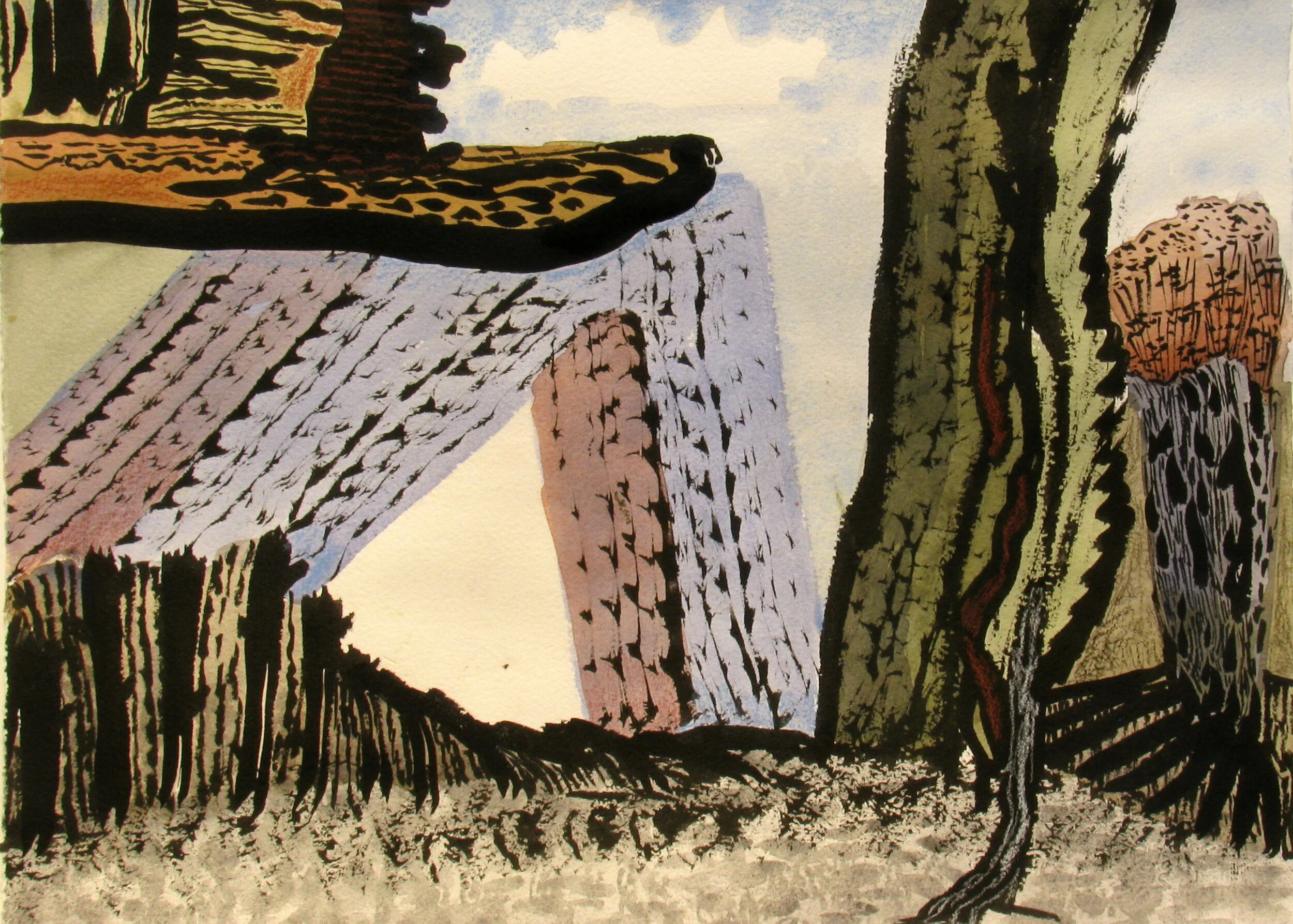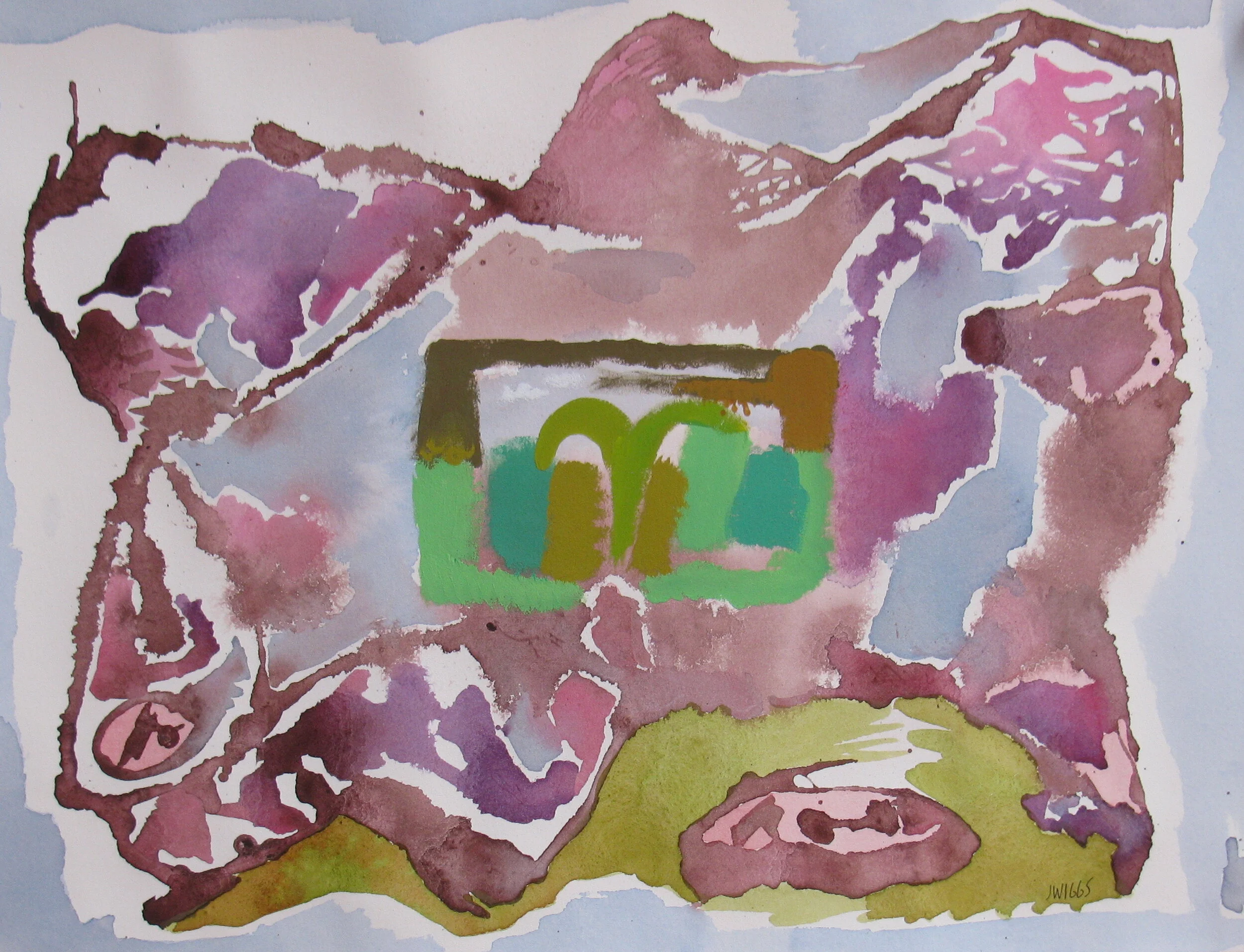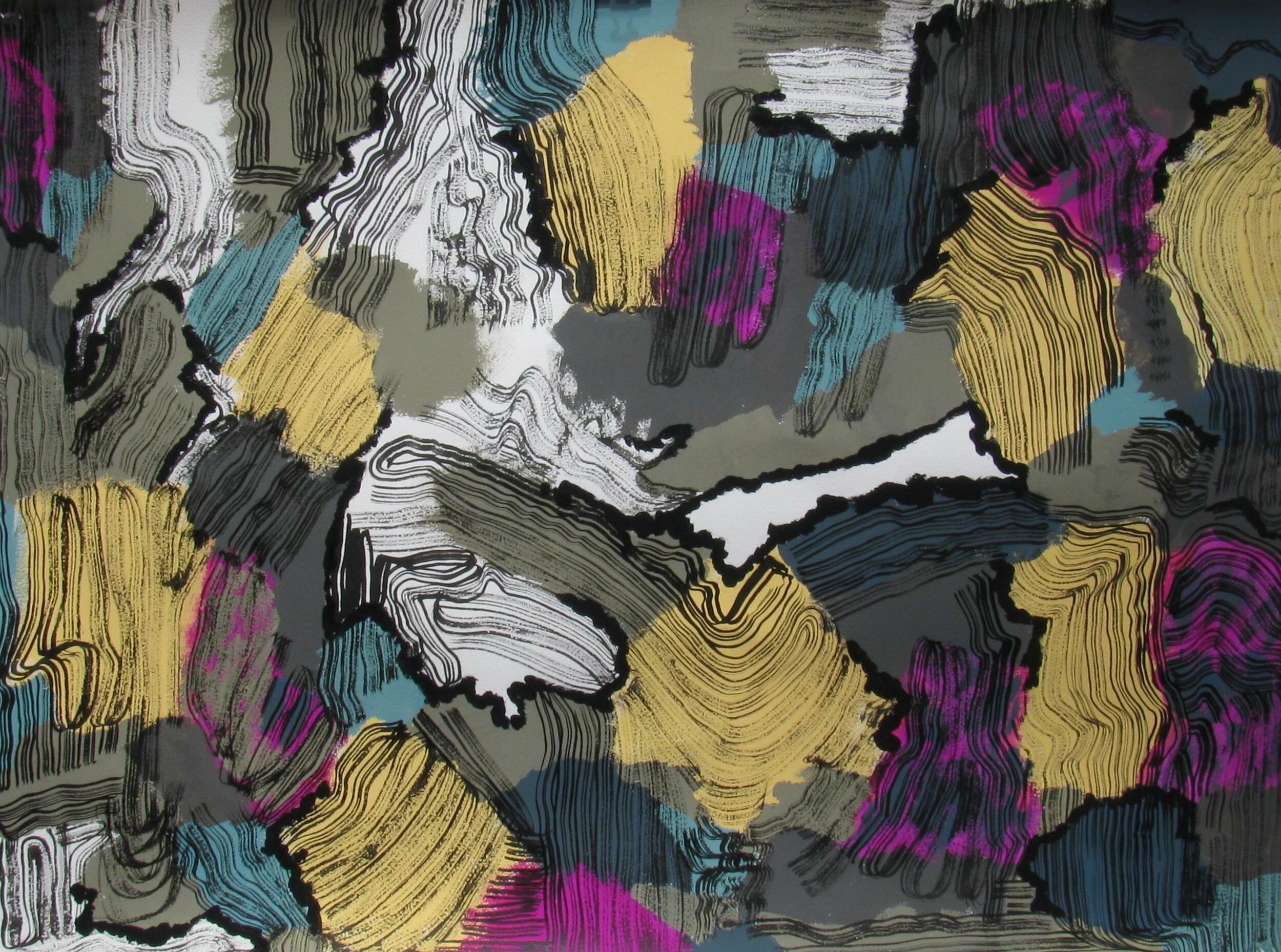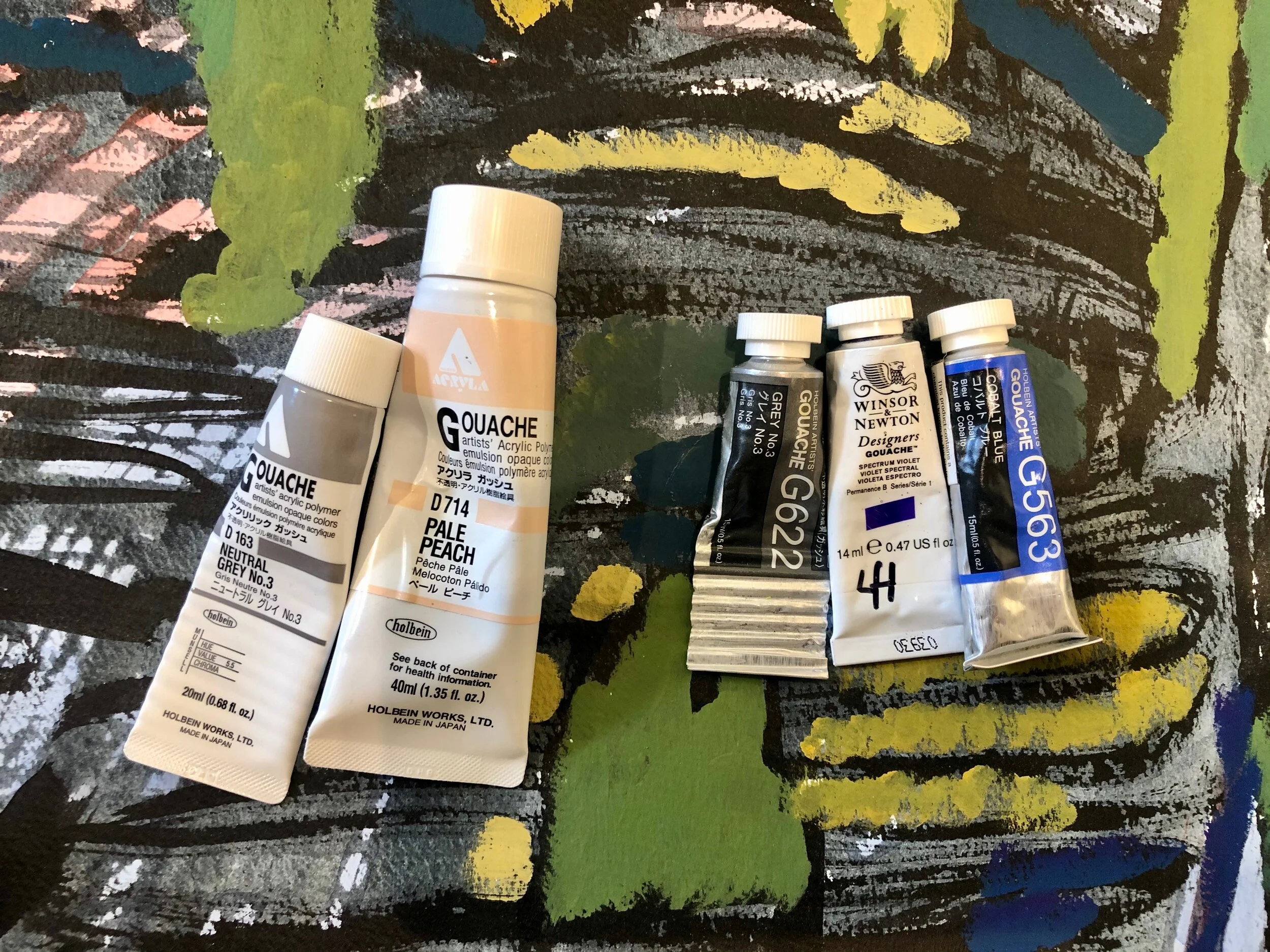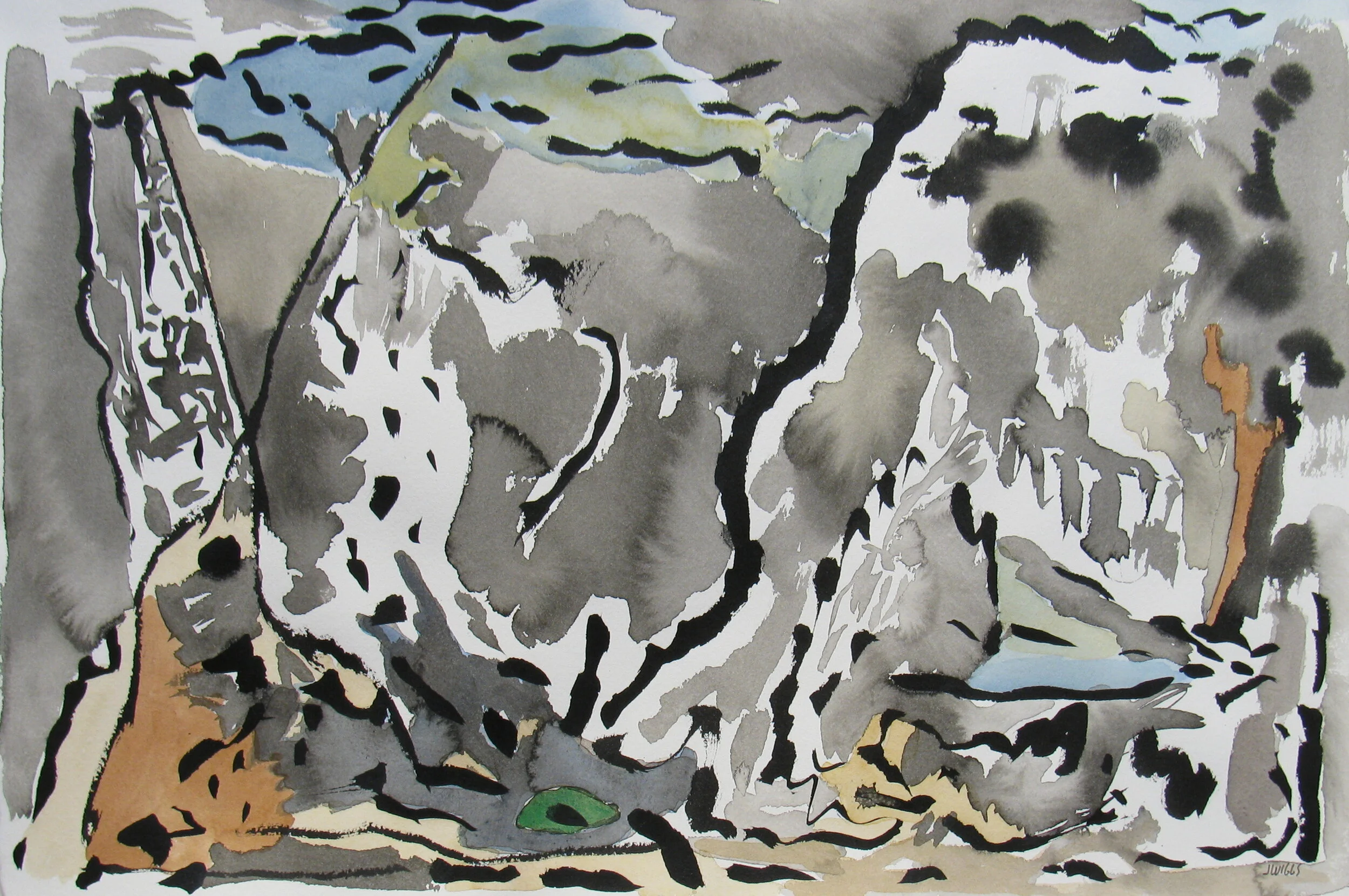Hi There,
I bet you are wondering how to do more with your art. Here are some ideas:
Be sure to look at great art before starting.
Instead of getting really inspired, making a complicated drawing, getting discouraged, and then abandoning it: start differently. Begin offhandedly, unprepared, not knowing and doubtful. Go with this.
Your first idea may be too predictable.
Get someone to look at your work and talk about it. I can do this.
Get inspired by art history and do a version of one of your favorites.
Take a successful composition and redo it; but focus on just one element, say, line or shape…
Work in a series.
Combine two things that don’t normally go together, study paintings by Alex Colville first, he made a career of this.
Turn things upside down. Look for things that are unexpected. Get someone to look with you.
Crop an image until things are almost unrecognizable. Now paint that.
More on creativity:
https://www.brainpickings.org/2020/02/25/m-c-richards-centering-creativity/
Have a good week, Jenn
image: Alex Colville. Horse and Train. 1954.


